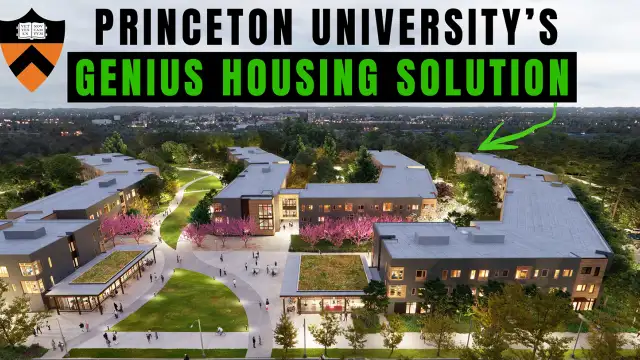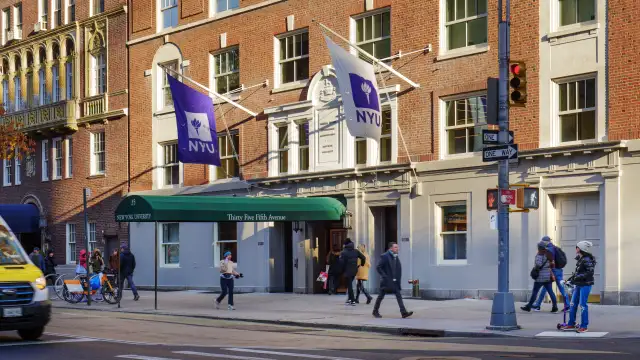By Jay Fox
Last week’s Appalachian Energy Summit took place on the campus of Appalachian State University in Boone. According to Mike Kapp, the unofficial emcee of the event and App State Director of Sustainability & Energy Management, the summit drew more than 200 attendees to the bucolic college town in the North Carolina highlands to explore novel ideas in efficiency, sustainability, and resource management. The annual conference has been held since 2012 and brings together energy managers; government and industry leaders; and faculty, staff, and students from colleges and universities across the University of North Carolina System and beyond.
As Kapp said during the June 4 opening plenary, there was “a hard lean towards building science” at this year’s conference. To emphasize the role that building science plays in supporting energy efficiency, the keynote speaker was Joe Lstiburek, one of North America’s preeminent building scientists. However, prior to the opening reception and Lstiburek’s combination of wisdom and wit during his remarks Wednesday night, the opening plenary introduced another theme that would color much of the three-day conference: resiliency.
UNC Asheville Director of Sustainability Casey King elaborated on the subject following Kapp’s opening remarks. She noted that resiliency becomes more important as the oceans warm because warmer oceans tend to produce more intense storms. While this warning has been sounded before, King’s statement was made with Hurricane Helene still prominently on the minds of many in attendance.









